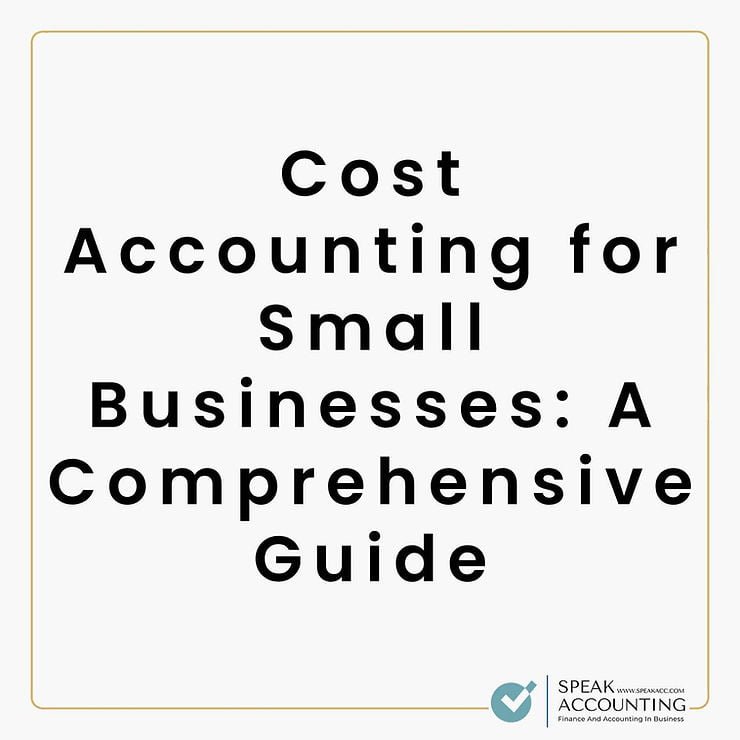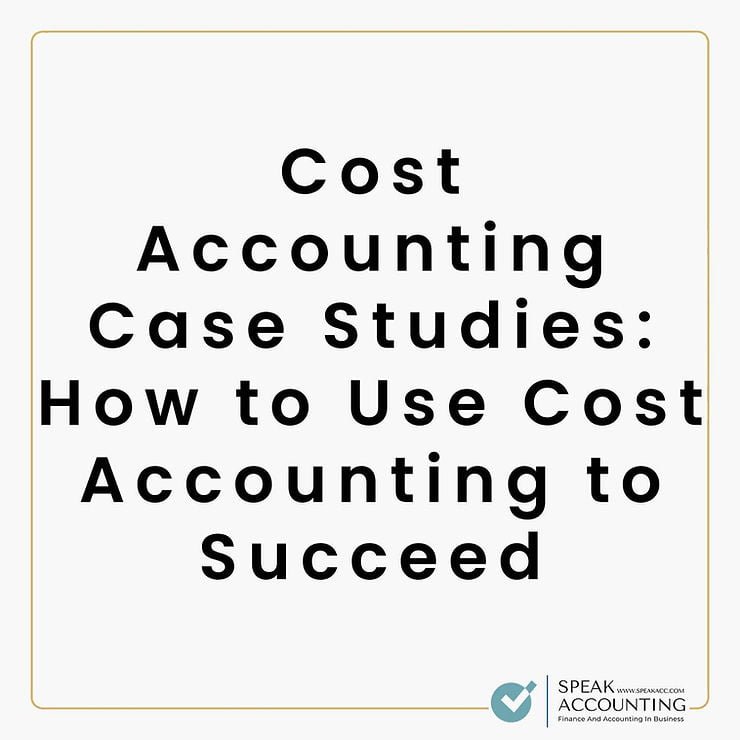What is Cost Accounting?
In the dynamic world of small businesses, cost accounting isn’t just a financial tool—it’s a game-changer. Small businesses, with their limited resources, can harness the power of cost accounting to reap specific benefits, such as improving profitability, reducing costs, and making more informed business decisions.
Consider a local coffee shop that strategically uses cost accounting not only to set competitive prices but also to optimize ingredient costs, resulting in increased profits and customer satisfaction.
Importance of Cost Accounting for Small Businesses
Small businesses operate in a realm of challenges, and cost accounting emerges as a strategic ally in overcoming them. Imagine a boutique clothing store that, due to limited resources, strategically employs cost accounting to set prices competitively, ensuring they remain both stylish and financially sustainable.
Types of Cost Accounting
Table: Combining Cost Accounting Systems
| Type of Cost Accounting | Overview | Advantages | Disadvantages | Combines Well With |
| Job Costing | Precision in cost allocation to specific projects. | Ideal for businesses with distinct projects. Enables tracking of individual project profitability. | Can be time-consuming for projects with many cost elements. | Process Costing |
| Process Costing | Insights into average costs per unit, aiding in production efficiency. | Well-suited for businesses with standardized production processes. Offers a holistic view of production efficiency. | May not align well with customized products. | Job Costing |
| Activity-Based Costing | Accurate allocation based on driving activities. | Provides a detailed understanding of cost components. Resource-intensive to implement. | Requires detailed data and can be complex. | Job Costing, Process Costing |
This table emphasizes the versatility of cost accounting systems, showcasing how small businesses can tailor their approach based on their unique needs.
How to Implement a Cost Accounting System
Detailed Implementation Steps
Step 1: Identify Your Business’s Cost Objectives
Define clear cost objectives aligned with your overarching business goals. A small tech startup, for instance, identifies cost objectives to ensure every expense contributes to its innovation and growth.
Step 2: Choose the Right Cost Accounting Method
Tailor your choice based on the unique nature of your business. Consider a small online retail store choosing process costing to manage inventory costs efficiently.
Step 3: Choose the Right Cost Accounting Software
Selecting the right cost accounting software is paramount. Factors to consider include the size of the business, the industry it operates in, and the available budget. Options like QuickBooks, Xero, or FreshBooks offer tailored solutions for small businesses, ensuring seamless data management and analysis.
Step 4: Develop a Checklist for Implementation
Creating a checklist can streamline the implementation process. Tasks may include defining cost objectives, choosing the right method, selecting software, and training staff.
Step 5: Collect and Record Your Costs
Ensure precision in collecting and recording all costs—direct and indirect. A small e-commerce business, for instance, uses user-friendly software like Xero or Wave to seamlessly manage and record costs.
Step 6: Analyze Your Cost Data
Regularly analyze cost data to identify trends and patterns. Imagine a small restaurant owner using QuickBooks to analyze cost data and understand the most profitable dishes, refining the menu accordingly.
Step 7: Use Your Cost Data to Make Better Business Decisions
Transform your cost data into actionable insights. Think of a consulting firm leveraging cost data in Microsoft Excel to make informed investment decisions, expanding their services strategically.
Read More About How to Implement a Cost Accounting System in Your Business
Using Cost Accounting Data to Make Better Business Decisions
Practical Examples in Action
Improving Pricing Strategy
A local bakery adjusts its prices based on cost accounting insights, ensuring it remains competitive while maintaining healthy profit margins.
Enhancing Efficiency
A small manufacturing business identifies and eliminates inefficiencies through cost accounting, resulting in streamlined processes and cost savings.
Optimizing Product Mix
An online retailer fine-tunes its product mix using cost accounting data, focusing on high-profit items to boost overall profitability.
Strategic Investment Decisions
A tech startup evaluates potential investments using cost accounting, ensuring that each investment aligns with its long-term growth strategy.
Decision-Making Beyond Finances
Cost accounting data extends beyond finances. Small businesses can use it to make decisions about inventory levels, staffing levels, and even the success of marketing campaigns.
Read More About Using Cost Accounting Data to Make Better Business Decisions
Conclusion
In essence, cost accounting isn’t just a financial tool; it’s a strategic ally for small businesses seeking financial prosperity. From competitive pricing to efficiency improvements and strategic investments, it’s the key to sustained success.
Call to Action
Embark on the journey to financial prosperity. Implement cost accounting, explore recommended software like QuickBooks, Xero, or FreshBooks, adopt best practices, and make informed decisions that positively impact your bottom line. Your business’s financial success awaits! Subscribe to Speak Accounting Blog to stay up to date with new posts!




